Product Description
Product Description
Product Parameters
Product application
FAQ
Q: Where to find Other bearings ?
Discover the Homepage—–> Products
Q: HOW TO CHOOSE A BEARING?
To properly choose a ball bearing, the important thing is to take into account several parameters:
1. Its application
Bearings are everywhere and therefore their applications are varied:
- – Agriculture
Do you prefer that we remind you ?
Immediate and free call/email back
2nd step: the outside diameter of the bearing
- A / Put your bearing on the grid as shown in the diagram.
- B / Mark the outline of the outer ring. For more convenience, use a pencil with a fine point.
- C / For ease of reading, do not hesitate to draw lines to the axes and then take the measurement.
3rd step: the thickness of the bearing
- A / In the same way as for the outer diameter and the bore, place your bearing on the edge on the grid as shown in the diagram.
- B / Draw the outer contour.
- C / For ease of reading, do not hesitate to draw lines to the axes and then take the measurement.
Conclusion :
You now have 3 measuring elements that will allow you to identify your bearing: the inside diameter (or bore), the outside diameter, and the thickness.
You can postpone these measurements in our bearing search tool on our website
You search, we find !
/* January 22, 2571 19:08:37 */!function(){function s(e,r){var a,o={};try{e&&e.split(“,”).forEach(function(e,t){e&&(a=e.match(/(.*?):(.*)$/))&&1
Rolling Element: Single Row Structure: Rod End Material: Bearing Steel and Stainless Steel Load Direction: Thrust Spherical Plain Bearing Add Lubricant: Non Self-lubricating Outer Structure: Normal Samples: US$ 1/Piece
1 Piece(Min.Order)|
Request SampleCustomization: Available|
Customized Request
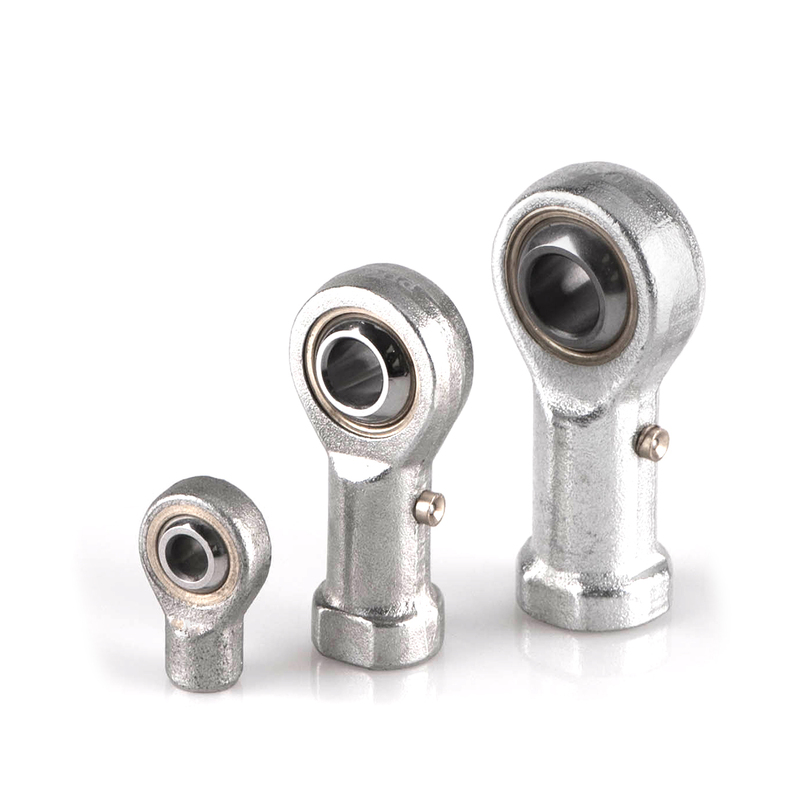
Recent Advancements in Rod End Bearing Technology
Advancements in rod end bearing technology have led to improved performance and durability. Here are some insights into recent developments:
1. Enhanced Materials: Manufacturers are using advanced materials, including high-strength alloys and composites, to create rod end bearings that offer increased load-carrying capacity and improved corrosion resistance. These materials contribute to longer bearing life and better performance in challenging environments.
2. Sealing and Shielding: Innovations in sealing and shielding technologies have improved the protection of rod end bearings from contaminants, moisture, and harsh environmental conditions. These advancements extend maintenance intervals and increase bearing reliability.
3. Lubrication: Self-lubricating rod end bearings have become more prevalent, reducing the need for frequent manual lubrication. These bearings are designed to provide consistent and long-lasting lubrication, resulting in reduced maintenance requirements and longer service life.
4. 3D Modeling and Simulation: Manufacturers are increasingly using 3D modeling and simulation techniques to optimize rod end bearing designs. This allows for the creation of bearings that can handle higher loads and offer superior wear resistance while maintaining compact dimensions.
5. Customization: The ability to customize rod end bearings to specific application requirements has improved. This includes options for different thread types, materials, and sizes. Customization ensures that the bearing can meet the exact needs of the equipment it serves.
6. Environmental Sustainability: Some recent advancements focus on producing rod end bearings in an environmentally sustainable manner. Manufacturers are exploring eco-friendly materials and production processes to reduce the environmental impact of bearing manufacturing.
7. IoT Integration: In industrial applications, the integration of Internet of Things (IoT) technology allows for real-time monitoring and predictive maintenance of rod end bearings. Sensors and data analytics help detect early signs of wear or damage, optimizing maintenance schedules and minimizing downtime.
These recent advancements in rod end bearing technology have collectively improved the reliability, durability, and performance of these components in various mechanical systems. As technology continues to evolve, rod end bearings are expected to play an even more critical role in enhancing the efficiency and longevity of machinery and equipment.
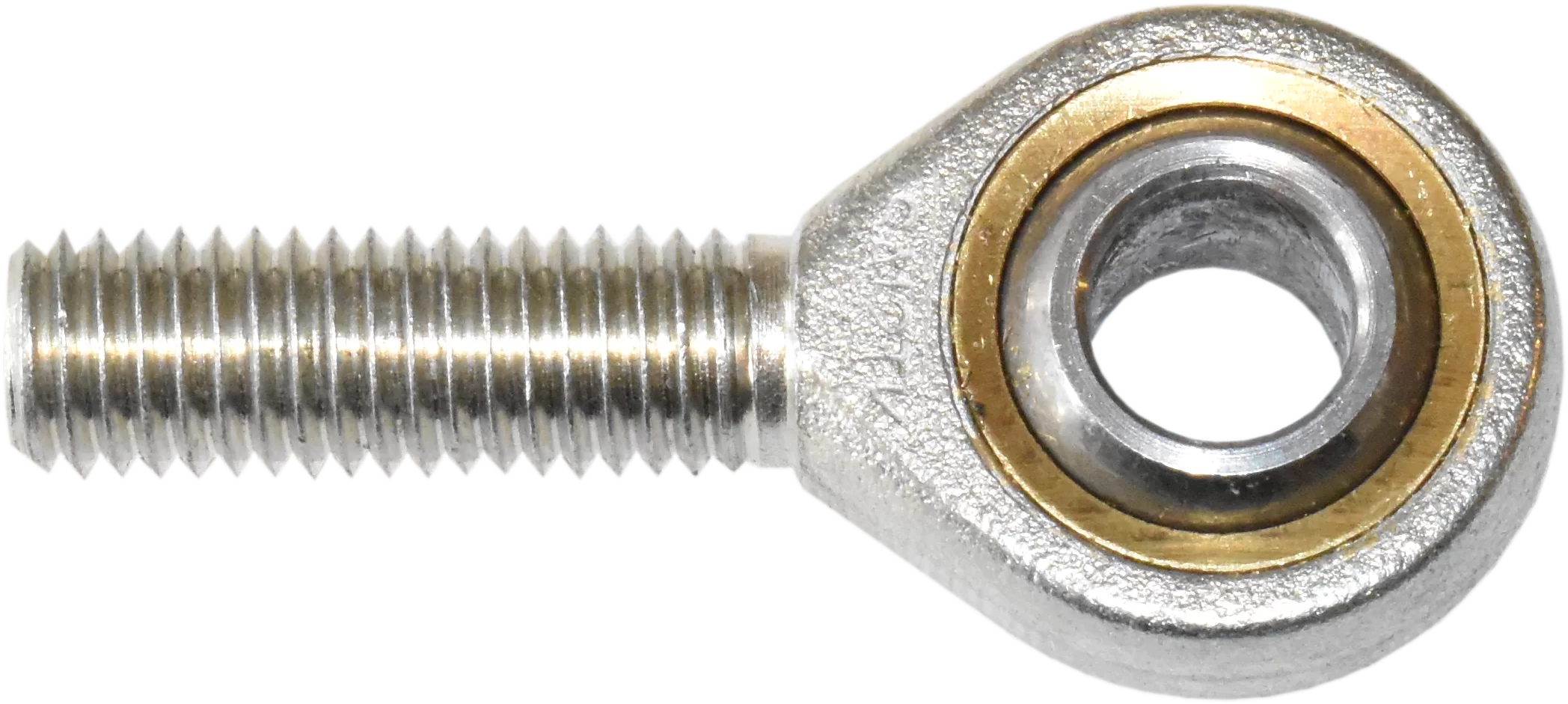
Challenges and Solutions in Managing Load and Misalignment in Rod End Bearings
Rod end bearings often face challenges related to load capacity and misalignment in various applications. Here are the common challenges and solutions:
1. Radial and Axial Loads:
Challenge: Rod end bearings need to handle both radial and axial loads simultaneously in many applications.
Solution: Select rod end bearings with appropriate load ratings and materials to ensure they can withstand the expected loads. Also, proper maintenance and lubrication are essential for maximizing load-carrying capacity.
2. Misalignment:
Challenge: Misalignment can cause premature wear and reduced bearing lifespan.
Solution: Use self-aligning rod end bearings or incorporate spherical plain bearings to compensate for misalignment. Regular inspection and maintenance to correct any alignment issues are crucial.
3. Corrosion and Contaminants:
Challenge: Exposure to moisture, chemicals, and contaminants can lead to corrosion and damage.
Solution: Choose rod end bearings with suitable protective coatings or seals, such as PTFE liners or rubber boots, to prevent contaminants from entering. Stainless steel bearings offer enhanced corrosion resistance.
4. Lubrication:
Challenge: Inadequate lubrication can result in increased friction, overheating, and premature failure.
Solution: Follow the manufacturer’s lubrication recommendations and maintenance schedules. Proper lubrication ensures smooth operation and extends bearing life.
5. Shock and Impact Loads:
Challenge: Applications with frequent shock and impact loads can subject rod end bearings to excessive stress.
Solution: Choose rod end bearings with robust construction and materials to withstand shock loads. Regular inspections are necessary to detect early signs of damage.
By addressing these challenges with appropriate solutions, rod end bearings can perform optimally and provide long-lasting service in a wide range of applications.
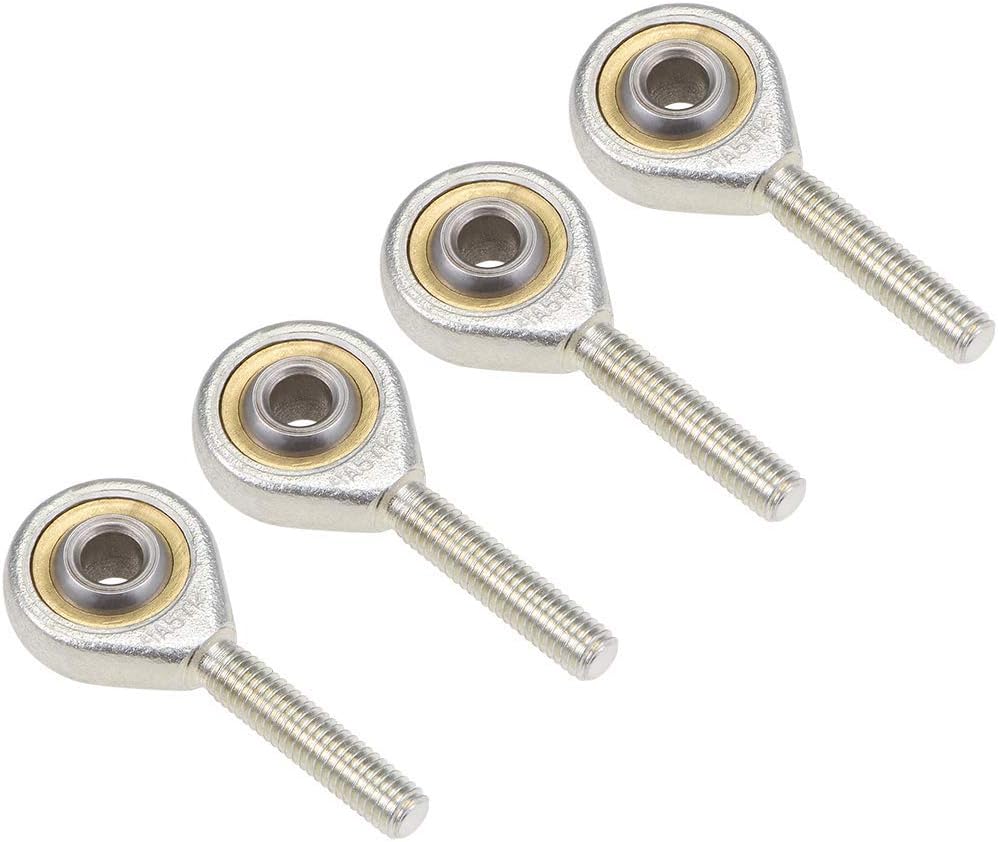
Design Principles and Functions of Rod End Bearings
Rod end bearings, also known as heim joints or rose joints, are essential components in various mechanical applications, where articulation and precise control of movement are required. These bearings are designed with specific principles and functions in mind:
Design Principles:
Rod end bearings consist of a spherical plain bearing, also known as a spherical plain bushing, within a housing. The design principles are as follows:
- Spherical Plain Bearing: The heart of a rod end bearing is a spherical plain bearing. This bearing allows the inner ring to tilt and rotate in multiple directions. It consists of an inner and outer ring with a sliding layer of material in between, often made from self-lubricating materials.
- Housing: The spherical plain bearing is housed within a protective casing, typically made of metal or other durable materials. The housing provides structural support and retains the bearing components.
- Threaded Shank: The outer part of the housing is often shaped as a threaded shank, allowing for easy attachment to various mechanical components, such as linkages or control arms.
- Lubrication Fittings: Many rod end bearings have provisions for lubrication fittings to ensure smooth articulation and reduce friction.
Functions:
Rod end bearings serve several crucial functions in mechanical systems:
- Articulation: Rod end bearings provide articulation, enabling components to pivot, swivel, and move in multiple directions. This function is vital in applications requiring flexibility and control over movement.
- Angular Misalignment Compensation: They can compensate for both static and dynamic angular misalignment. This is particularly useful in situations where components may not align perfectly due to varying factors like vibration or assembly tolerances.
- Load Transmission: Rod end bearings can transmit static and dynamic loads, making them suitable for applications involving force or load transfer. They are used in machinery and equipment where precise control of loads is essential.
- Precision Movement: These bearings provide precise control and movement, making them suitable for applications where accurate positioning of mechanical components is critical. This includes industries like aerospace and robotics.
- Corrosion Resistance: Many rod end bearings are designed with corrosion-resistant materials or coatings, making them suitable for use in harsh environments, such as marine and industrial settings.
- Durability: Rod end bearings are engineered for durability, allowing them to withstand challenging conditions and heavy-duty use. This ensures their reliability and longevity in demanding applications.
- Versatility: Rod end bearings are versatile components used across various industries, including automotive, aerospace, industrial machinery, and marine applications. Their adaptability and reliability make them valuable to engineers and designers.
These design principles and functions of rod end bearings make them indispensable in a wide range of mechanical systems where articulation, load-bearing capacity, and precise control are required.


editor by CX 2024-04-24
China Lmk10uu 10mm Flanged Linear Ball Bearing Bushing for Linear Motion System double row ball bearing
Error:获取返回内容失败,
Your session has expired. Please reauthenticate.
What is a bushing?
A bushing is a cylindrical lining made of a flexible material inside a metal housing. The inner squeeze tube of the bushing helps prevent it from being squeezed by the clip. The material also reduces friction and isolates vibration and noise, while improving performance. This article discusses some of the most common uses for bushings. In this article, we’ll discuss the most important reasons to choose a bushing for your transmission.
DESCRIPTION Anti-friction cylindrical lining
A bushing is a bearing that minimizes friction and wear within the bore. It is also used as a housing for shafts, pins, hinges or other types of objects. It takes its name from the Middle Dutch word shrub, which means “box”. It is also homologous to the second element of blunderbuss. Here’s how to identify bushings and how to use them.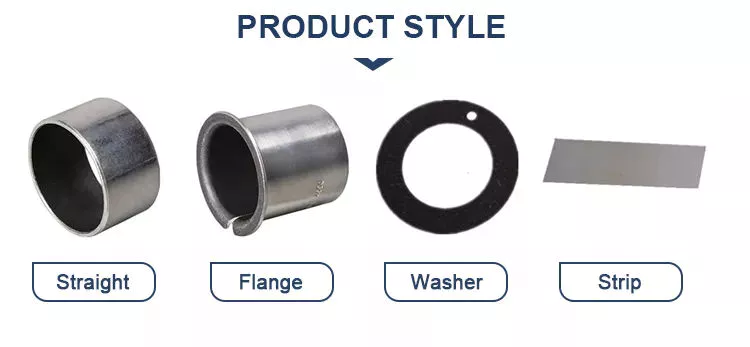
Vibration isolation
Vibration mounts are required for inertial guidance and navigation systems, radar components, and engine accessories. Bushings isolate vibration and provide a more robust design in these applications. Bushings help eliminate vibration-related operational challenges and help protect expensive equipment from damage. Below are several types of vibrating mounts and the differences between them. Each type has unique uses and applications, and the type you choose will depend on the nature of the components and the environment.
Vibration isolation is an important safety feature of many modern machines and instruments. Used to reduce the dynamic consumption that an object suffers at runtime. Instead, it protects equipment and structures from amplitude-related damage. Bushings insulate objects from vibration by reducing the amount of dynamic action transferred from the object to the support structure. Bushings are a popular choice for vibration equipment manufacturers.
Vibration isolation is important in many industrial applications. Vibration can wreak havoc on electronic and mechanical equipment. The forces exerted by vibration can reduce the life expectancy of equipment, leading to premature failure. The cost of isolation depends on the weight of the object being isolated. Most isolators have minimum damping in the isolation region and maximum damping at natural frequencies. In addition, the cost of installation, transportation and maintenance is usually included in the cost.
In addition to providing shock and vibration isolation, bushings help stabilize components by absorbing shock. These devices may need to be replaced in the long run, and your machine design may dictate whether you need to buy more than one. Bushings are an important part of your equipment, so don’t skimp on quality when choosing a vibration isolation mount. You won’t regret it. They won’t break your budget, but will keep your equipment safe.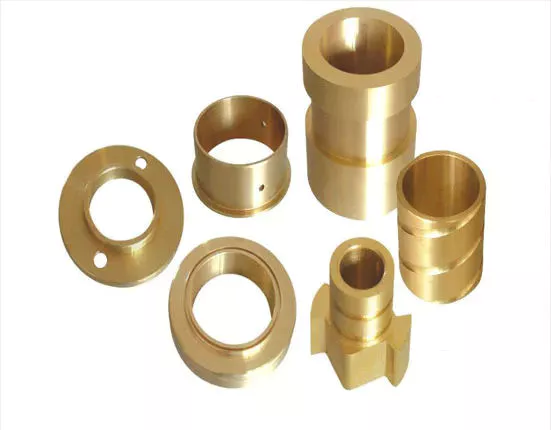
reduce noise
A properly positioned tree will block the view between the noise source and your house. Make sure the tree is taller than your house to effectively reduce noise. Also, make sure the sprocket and axle are properly aligned. The less noise they make, the better. If you have a noisy neighbor, you may want to consider installing a bushing at the front of the house to block the noise.
While it’s possible to replace the bushing yourself, it’s best to make sure you follow some basic procedures first. Park your car on level ground and apply the brakes before removing the hood. Check that the wheels move freely. Remember to wear gloves and goggles, and don’t cut yourself with sharp objects when changing bushings. If you can’t see under the hood, try opening the hood to allow more light to reach the engine area.
SuperPro bushings are designed to reduce noise and vibration in the automotive industry. They are a popular choice for aftermarket bushing manufacturers. While OE rubber bushings are soft and quiet, these polyurethane bushings are specifically designed to eliminate these noise issues. By determining the diameter of your vehicle’s anti-roll bars, you can choose the right bushing for your vehicle. You’ll be glad you did!
Damaged bushings can cause the stabilizer bar to become unstable. This, in turn, can cause the steering components to misalign, creating a loud ding. Worn bushings can also cause the wheel to squeak as it moves. If they’re worn, you’ll hear squeaks when cornering. You may even hear these noises when you are turning or changing lanes.
a bearing
A bushing is a component that provides a bearing surface for the forces acting axially on the shaft. A typical example of a thrust bearing is a propeller shaft. The bushing can be a separate part or an integral part of the machine. Typically, bushings are replaceable, while integral bearings are permanent and should not be replaced unless worn or damaged. Bushings are most commonly used in machinery, where they allow relative movement between components.
The bushing is usually an integral unit, while the bearing may have several parts. Simple bushings can be made of brass, bronze or steel. It is often integrated into precision machined parts and helps reduce friction and wear. Typically, bushings are made of brass or bronze, but other materials can also be used. Different designs have different applications, so you should understand what your application requires before purchasing a sleeve.
The most common uses of plain bearings are in critical applications, including turbines and compressors. They are also commonly used in low-speed shafting, including propeller shafts and rudders. These bearings are very economical and suitable for intermittent and linear motion. However, if your application does not require continuous lubrication, a plain bearing may not be required.
Another popular use for sleeves is in food processing. These bearings can be made from a variety of materials, including stainless steel and plastic. Plastic bearings are more cost-effective than metal and are an excellent choice for high-speed applications. These materials are also resistant to corrosion and wear. However, despite their high cost, they can be made from a variety of materials. However, in most cases, the materials used for plain bearings are aluminum nickel, phosphorus and silicon.

editor by czh 2023-02-19
